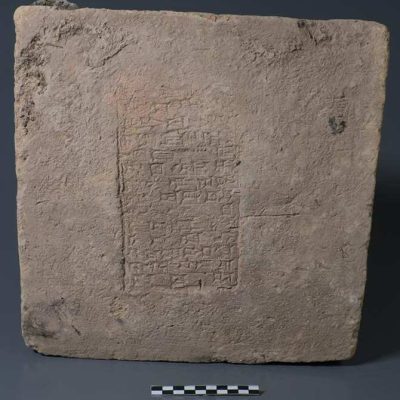A novel Hobbit-like early human species, named Homo luzonensis, has been unearthed in the Philippines. Fossilized remains of these enigmatic relatives, previously unknown to science, were uncovered within the depths of a cave on the island of Luzon, providing a fascinating glimpse into the past, approximately 50,000 years ago.
Measuring less than 1.2 meters in height, members of this newfound species pose intriguing questions about their migration to Luzon. The island has been isolated without a land connection for at least the last 2.6 million years, prompting speculation that Asian representatives of Homo erectus may have traversed the seas, evolving unique characteristics in response to Luzon’s endemic environment.
Thirteen pieces of bones and teeth, belonging to at least two adults and one juvenile, were uncovered in the cave. Published in the journal Nature in April 2019, the study on Homo luzonensis reveals that this species coexisted with other human counterparts, including Homo sapiens, Neanderthals, and Denisovans. Unlike DNA, fossils preserve proteins, offering insights into the genealogy of the species. Hugh Grocutt, leader of the Extreme Events Research Group at the Max Planck Institute in Germany, reflects, “The discovery shows how many amazing things have survived and how human evolution gave rise to all these different hominin forms.”










